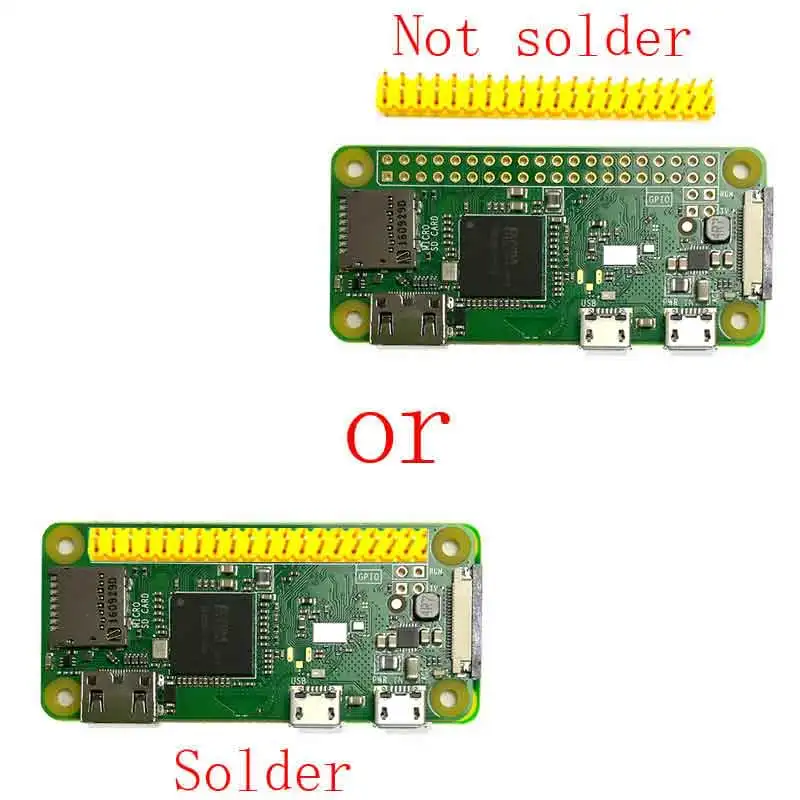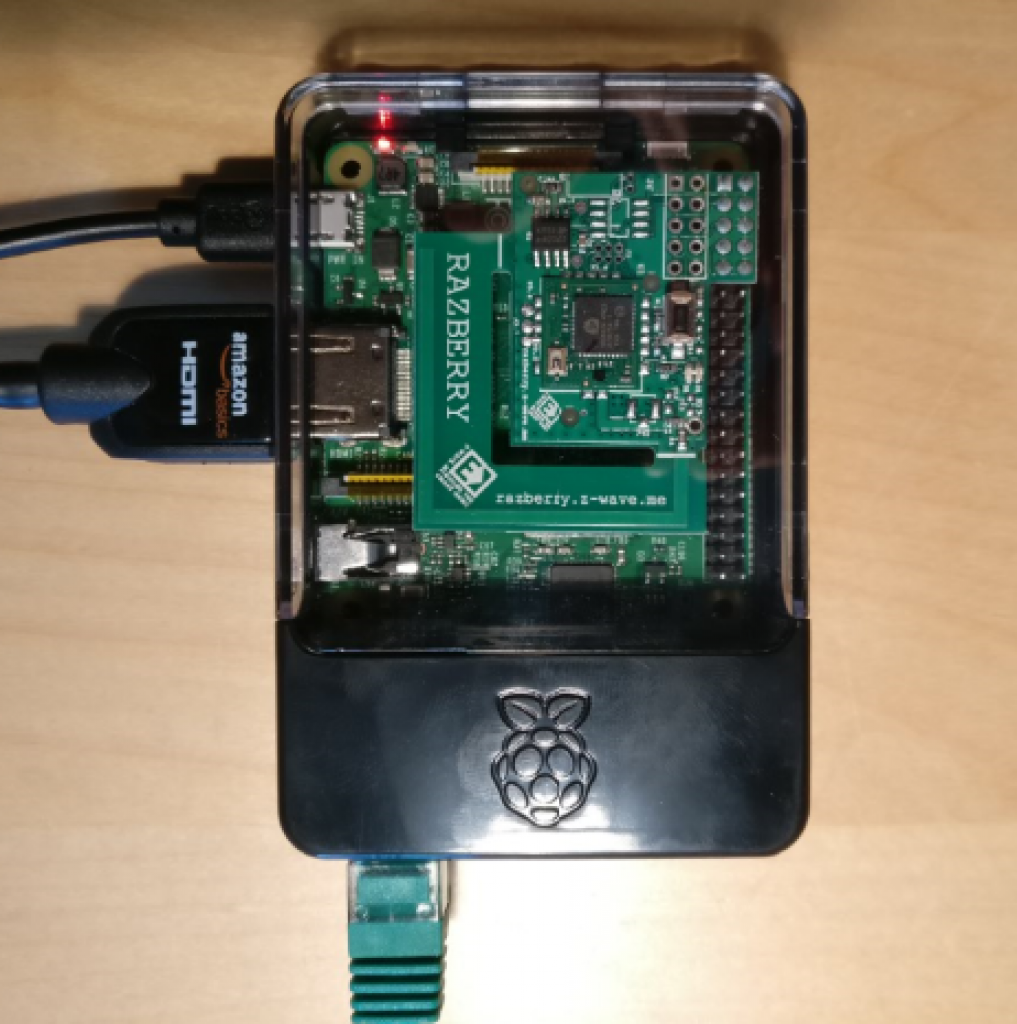

You will now need the IP address of your Raspberry Pi, which you may be able to find through your router by checking for connected clients, but I like an app called Fing available as a phone app and on PC, the free versions are more than enough. Install Putty from on your PC if you don’t already have it. The Raspberry Pi can now be booted up for the first time, there is no need for a keyboard mouse or monitor as we will be using Putty to access the OS and a web browser to access Home Assistant. The SD card can now be removed from the PC and inserted into the Raspberry Pi. Next place both files in the root directory of the boot SD card. The icons have changed from the Notepad icon to a blank page icon. With file name extension view on and the files renamed correctly they should look like below. txt, ignore any warning about changing file name extensions. Then right click on each file and rename without the. So click view at the top of the folder window and tick the box for file name extensions. txt to the end of the file names and hide it, which will need to be removed. } Code language: JavaScript ( javascript )

country=IEĬtrl_interface=DIR= /var/run/wpa_supplicant GROUP=netdev If WiFi is needed, then you need to create a second file called wpa_nf and paste in the contents below adjusting for the country code, your WiFi name and password. To enable SSH create a new text file with notepad, in the new file put in one space and nothing more, call the file ssh and save and close it. Next remove the SD card from the PC and then re-insert, (don’t click on format if prompted by windows). Raspberry Pi OS install.įirst download the Raspberry Pi OS Lite from: and write to an SD card using imager software on your PC such as BalenaEtcher.

I tried the WireGuard addon for Home Assistant but it had some routing issues. Instead of running the complete Home Assistant OS, I’m installing it on Raspberry PI OS this is so I can install the full WireGuard VPN on the same machine.

In this post I will document my upgrade to the Raspberry Pi 4 but this time I will not be using the official install method as I need to add VPN functionality to connect to remote sensor gateways on different farm blocks. I have been using Home Assistant running on a Raspberry Pi 3 as a home, garden and farm automation server since 2019, the amount of automations running has increased and the Pi 3 is starting to struggle.


 0 kommentar(er)
0 kommentar(er)
